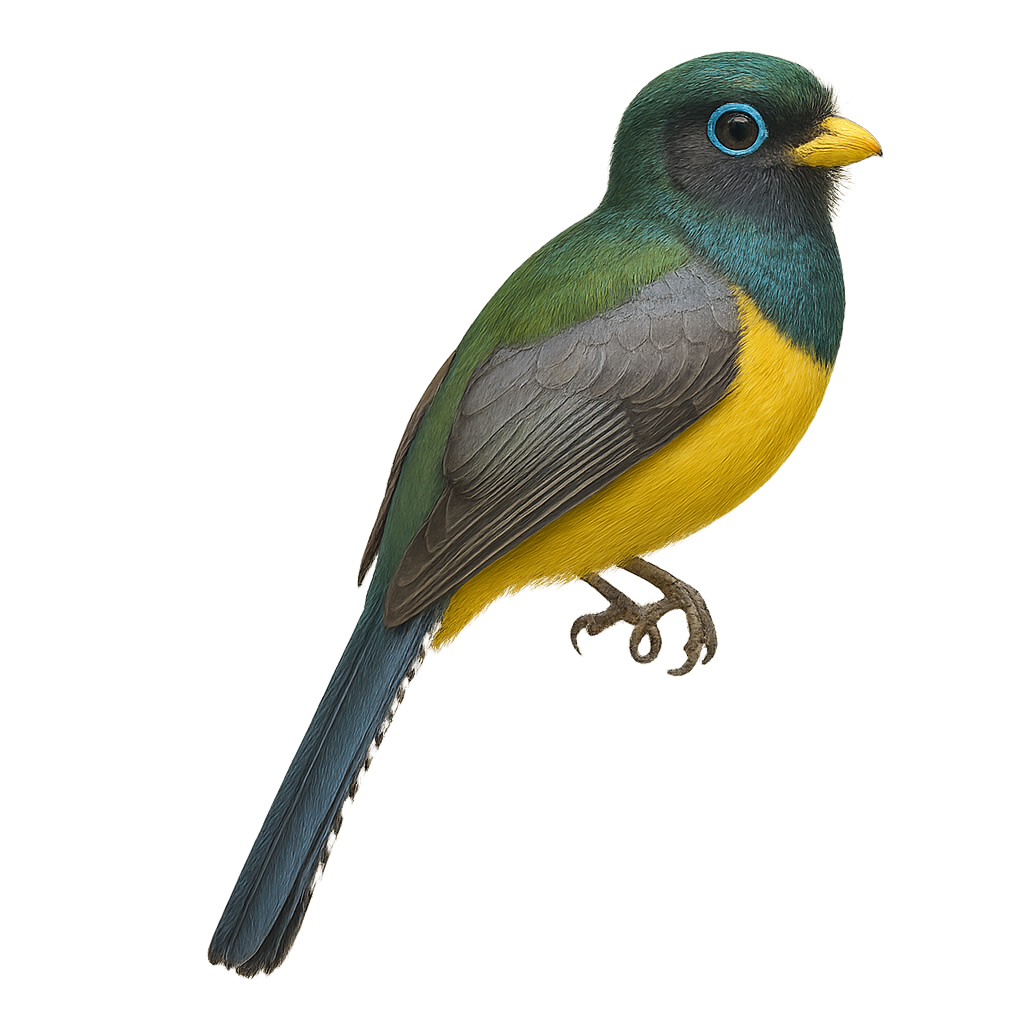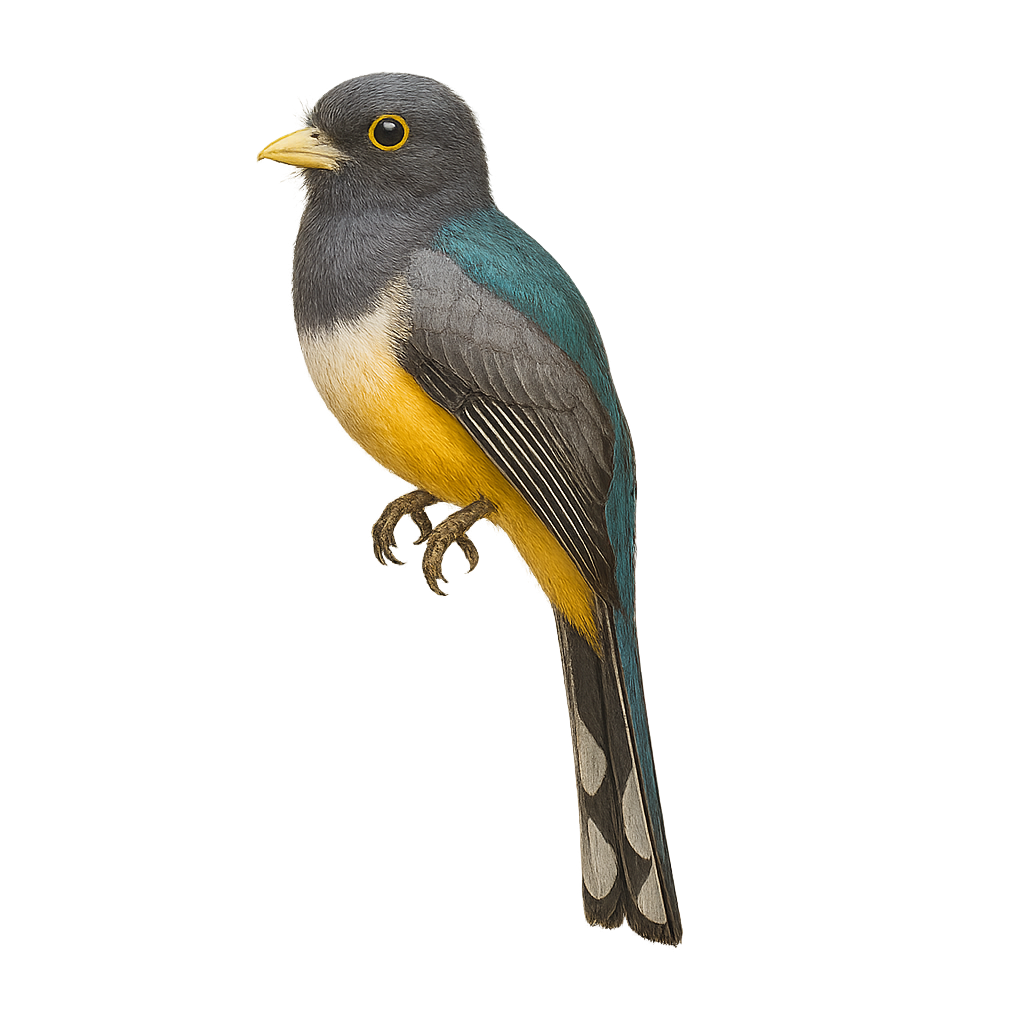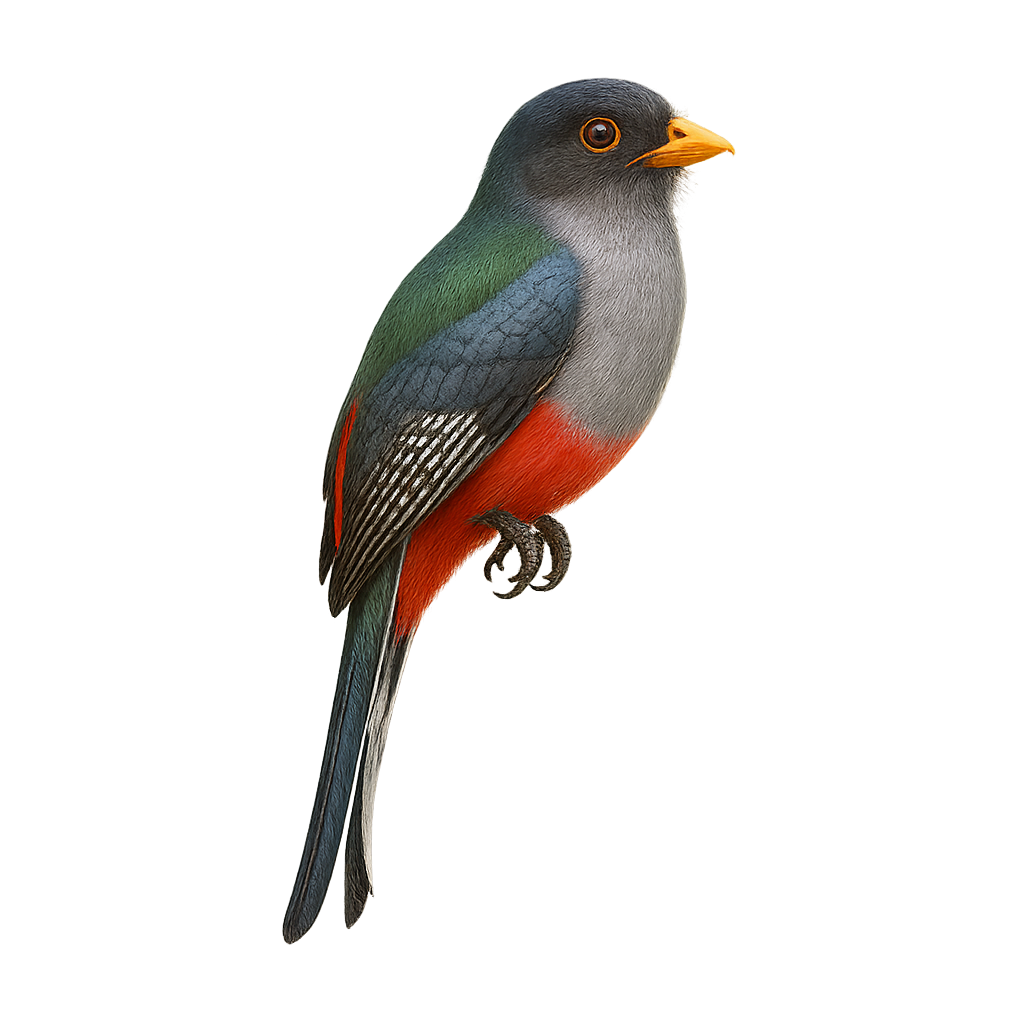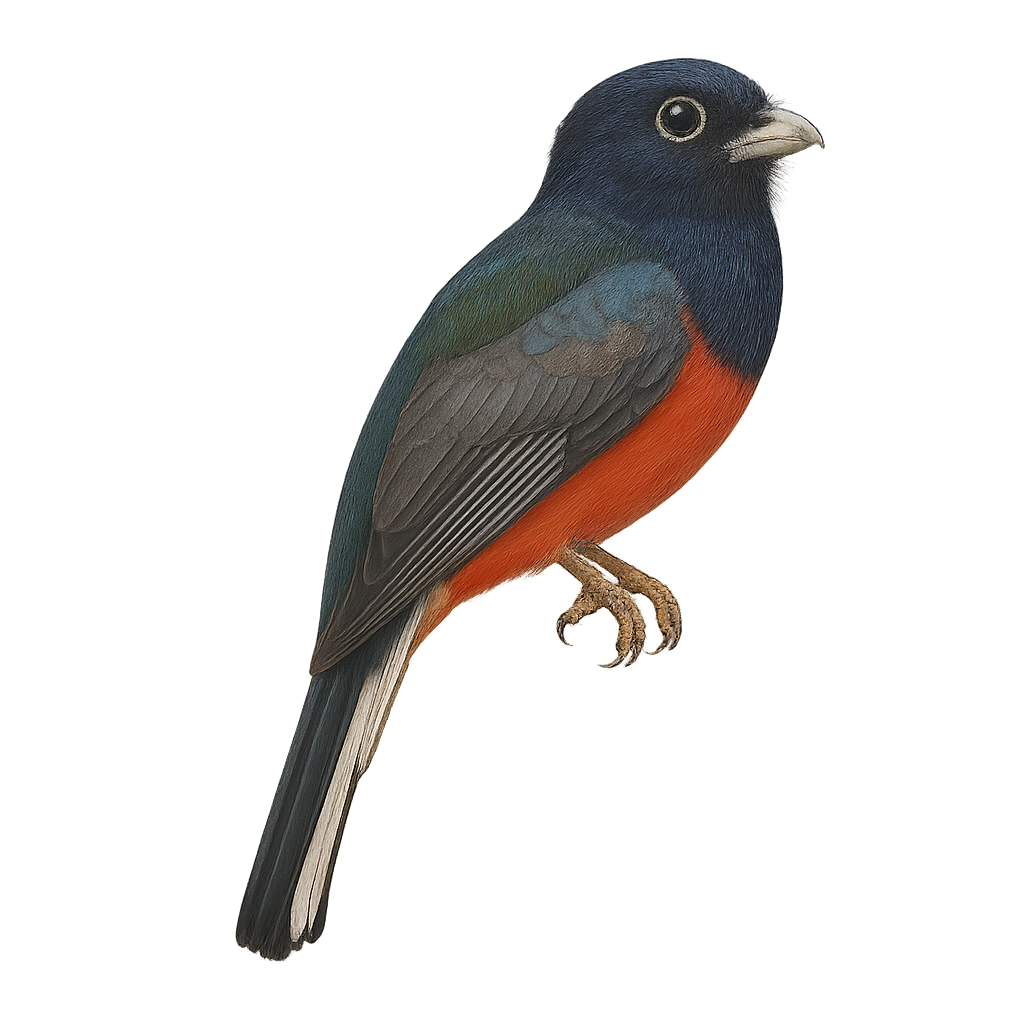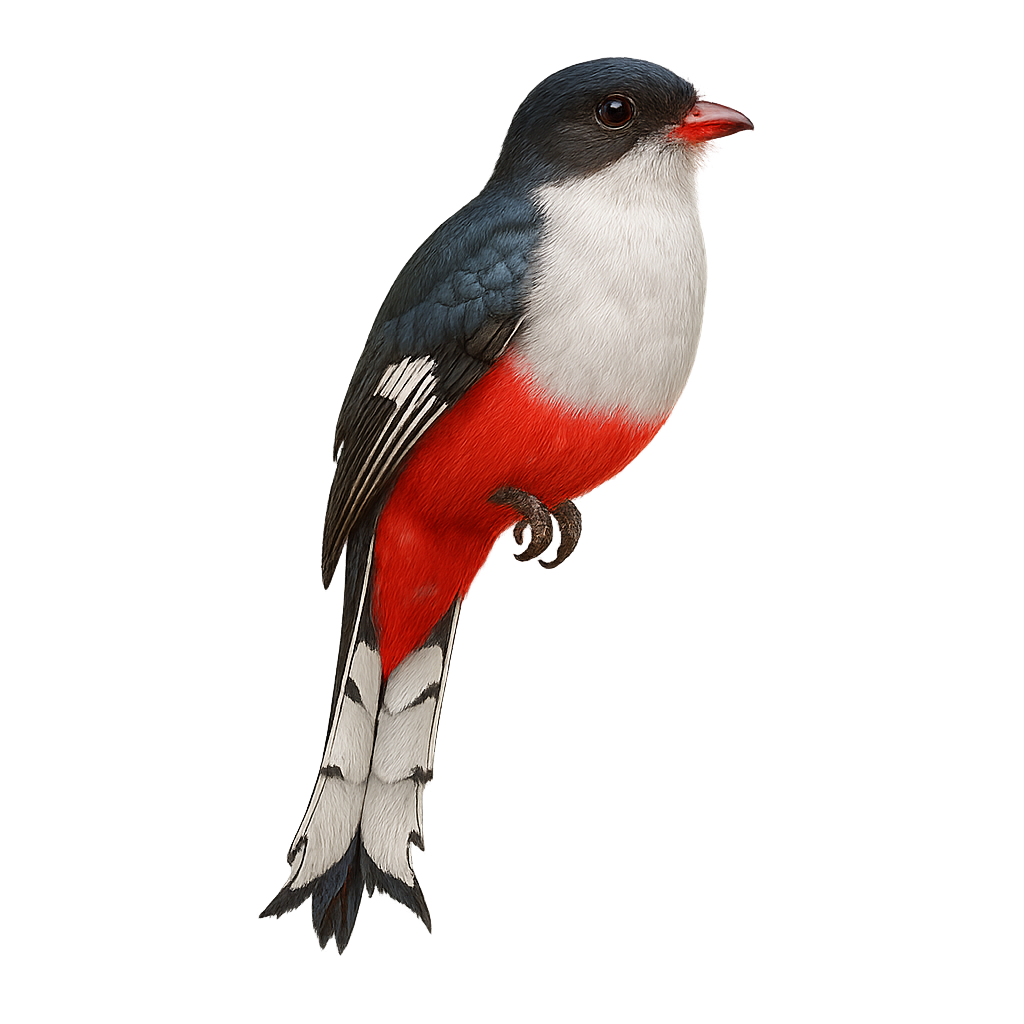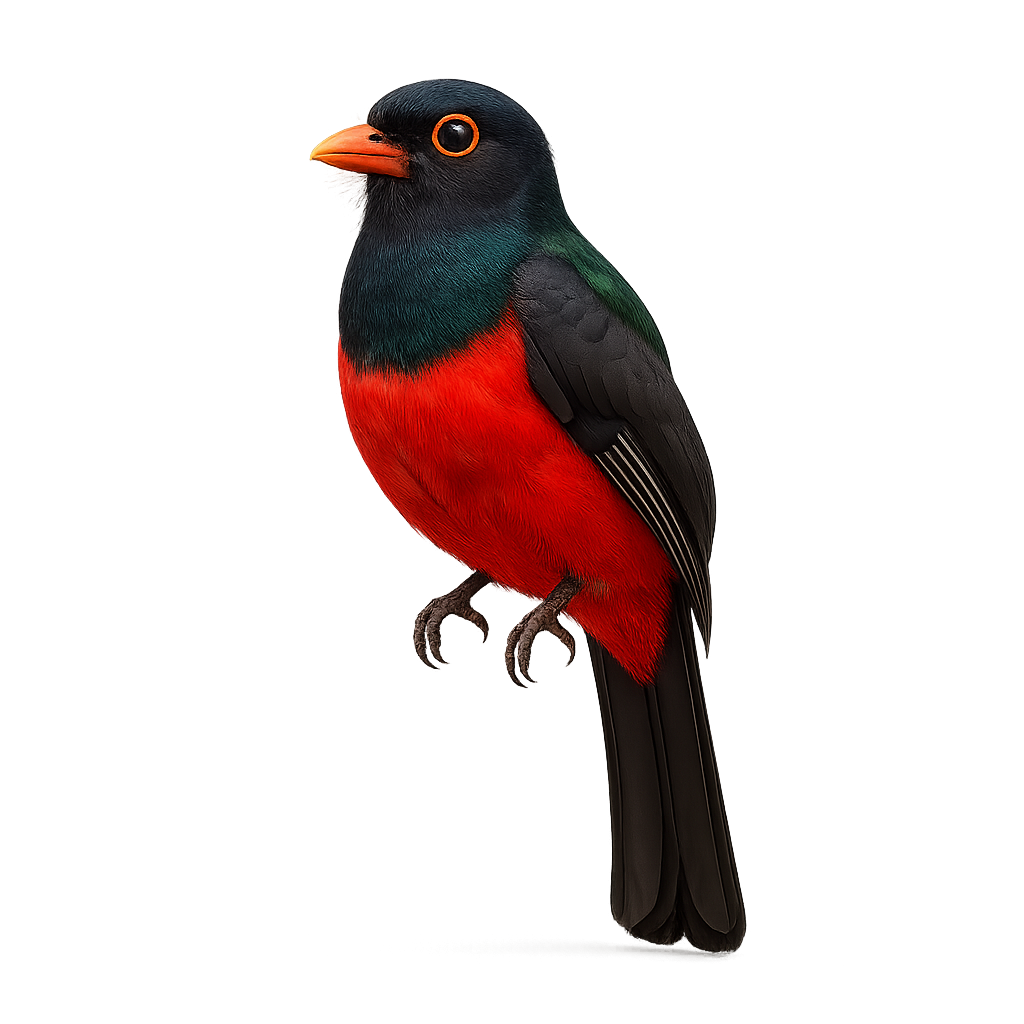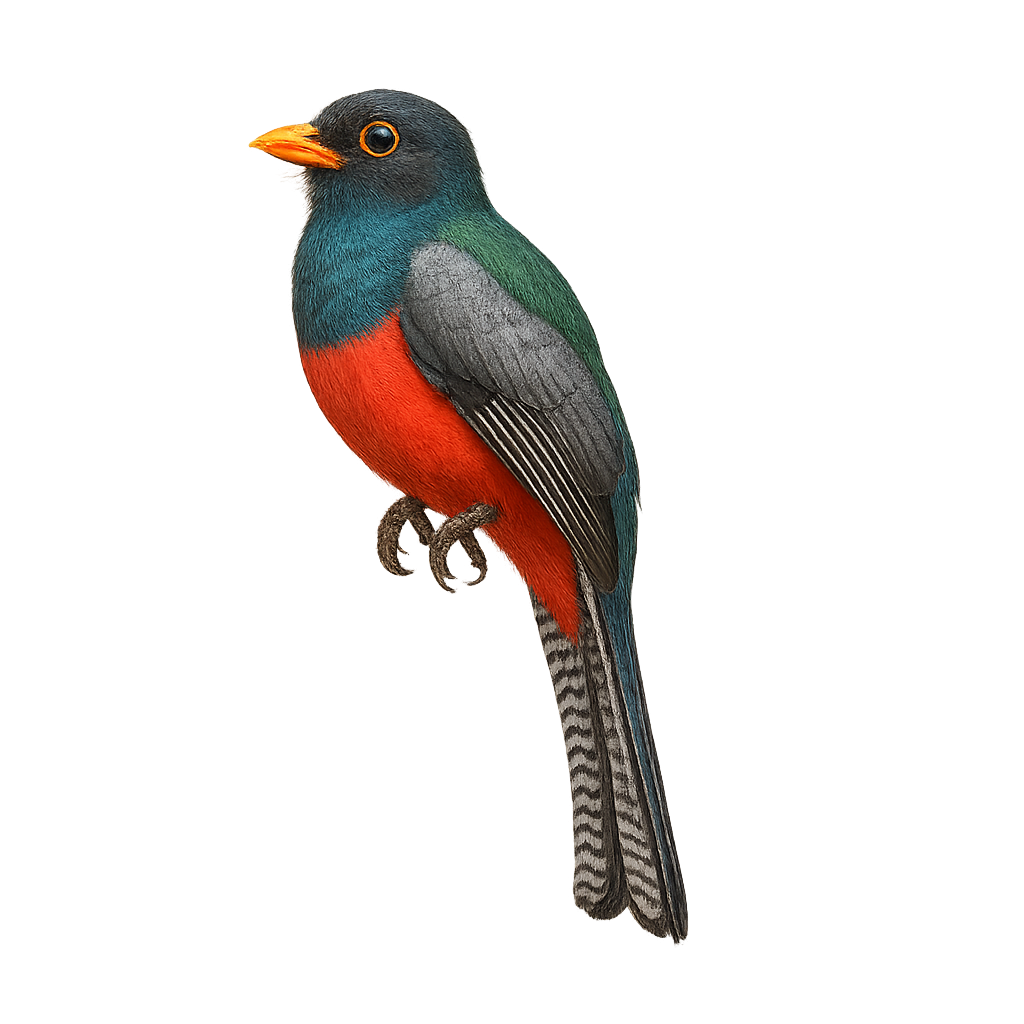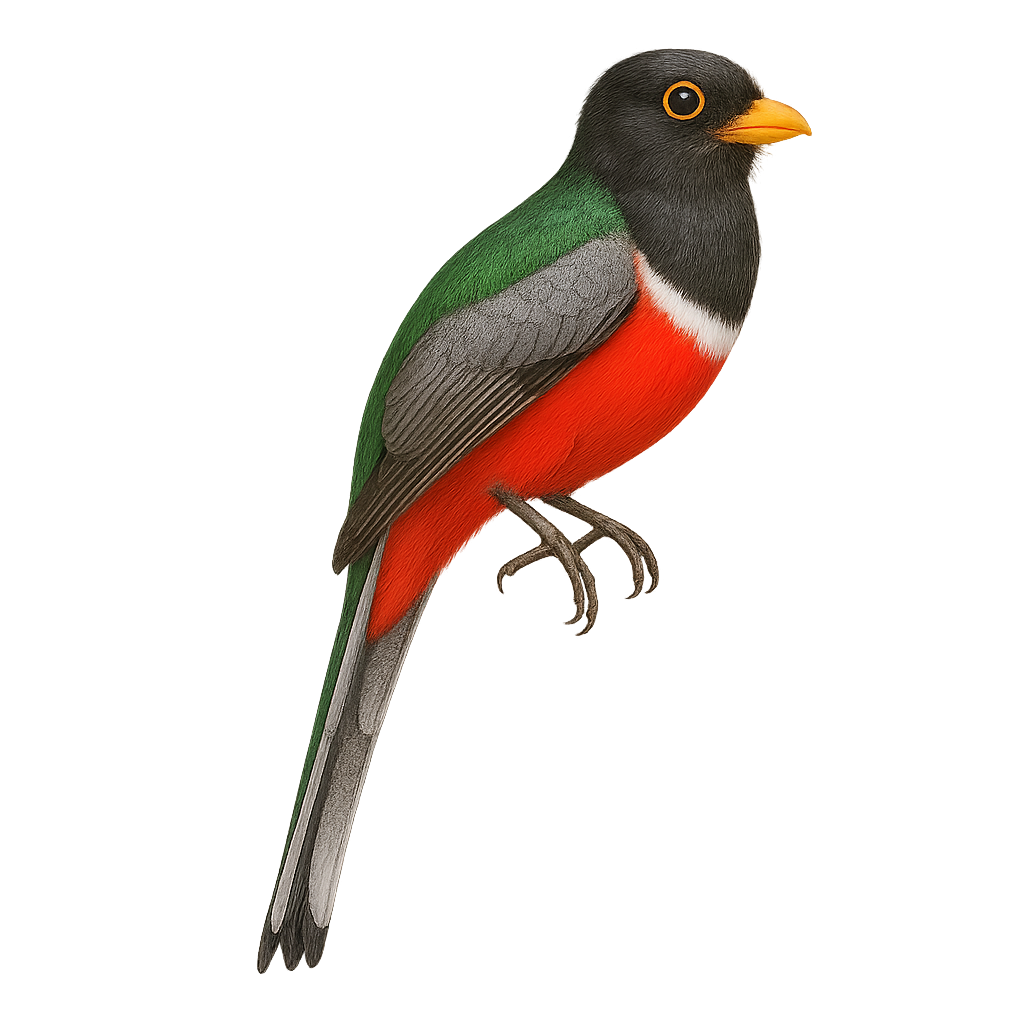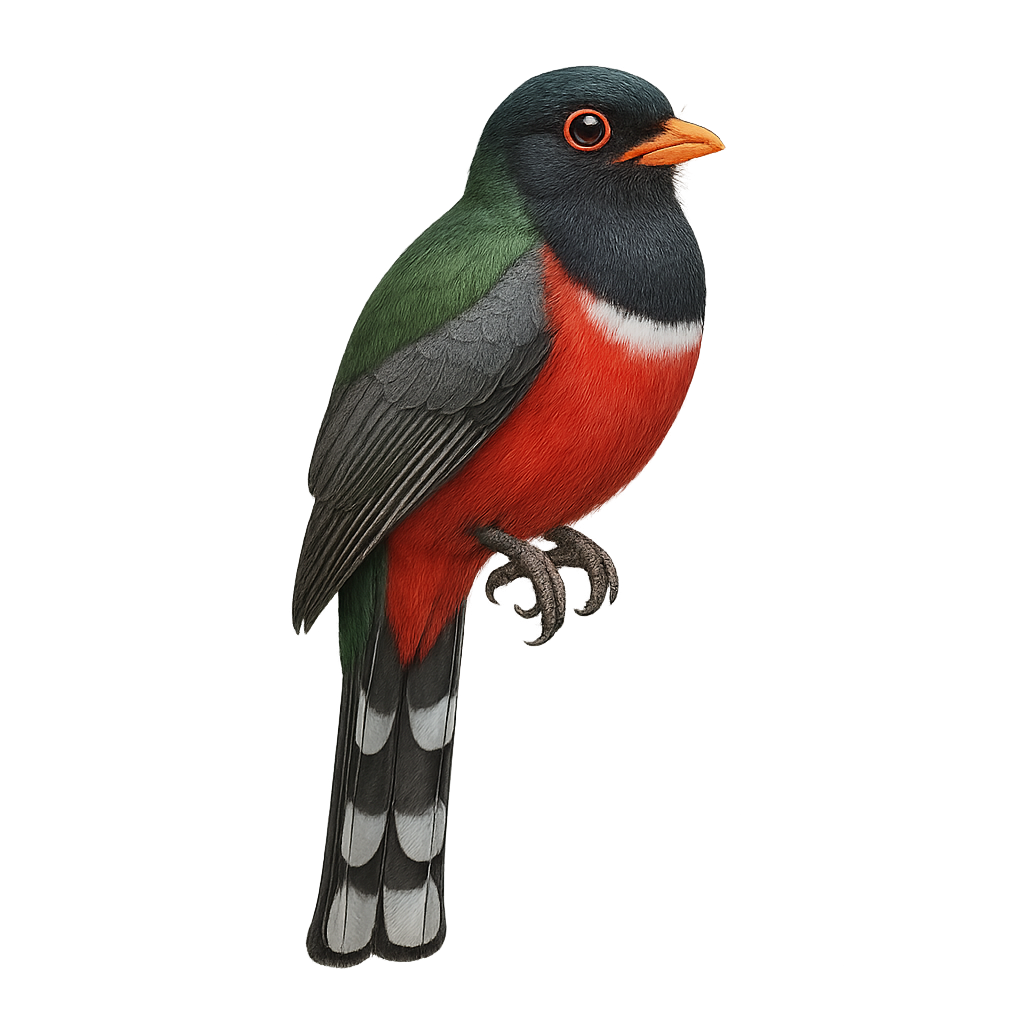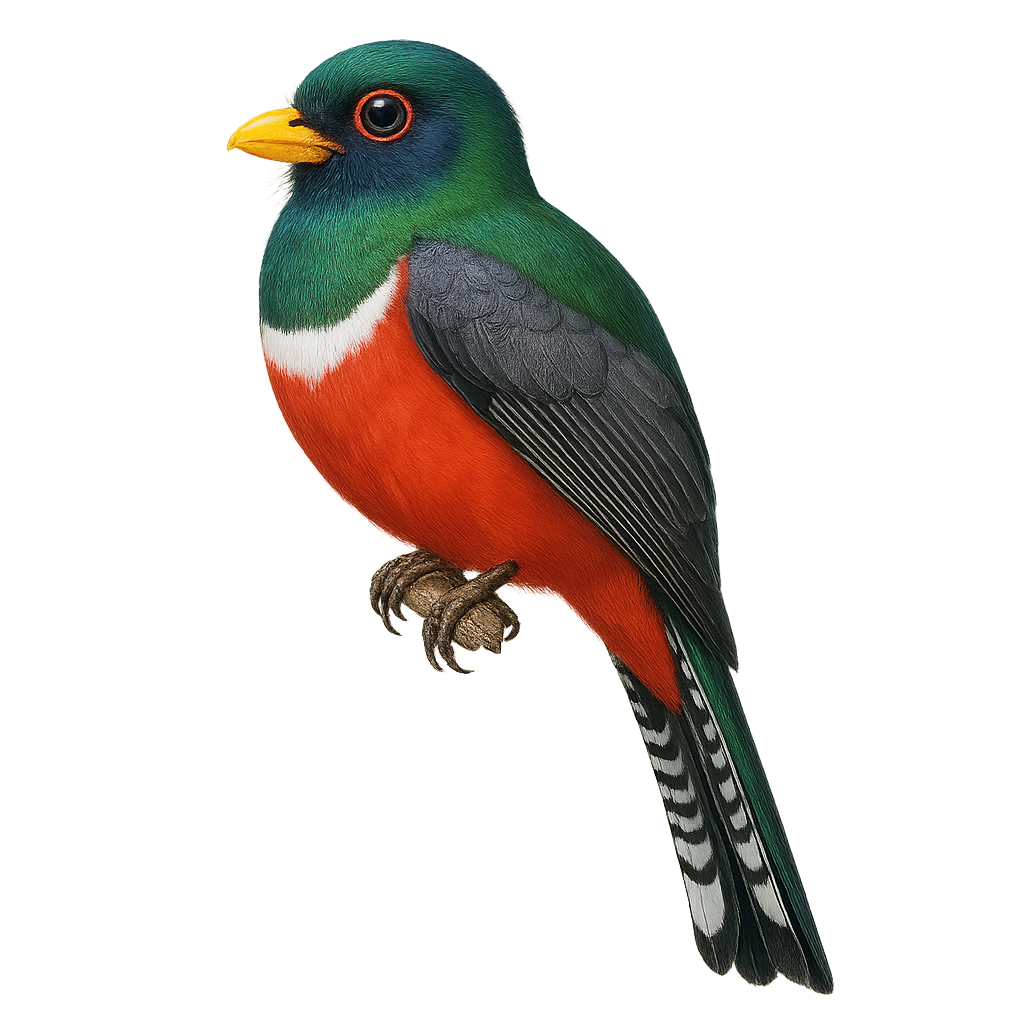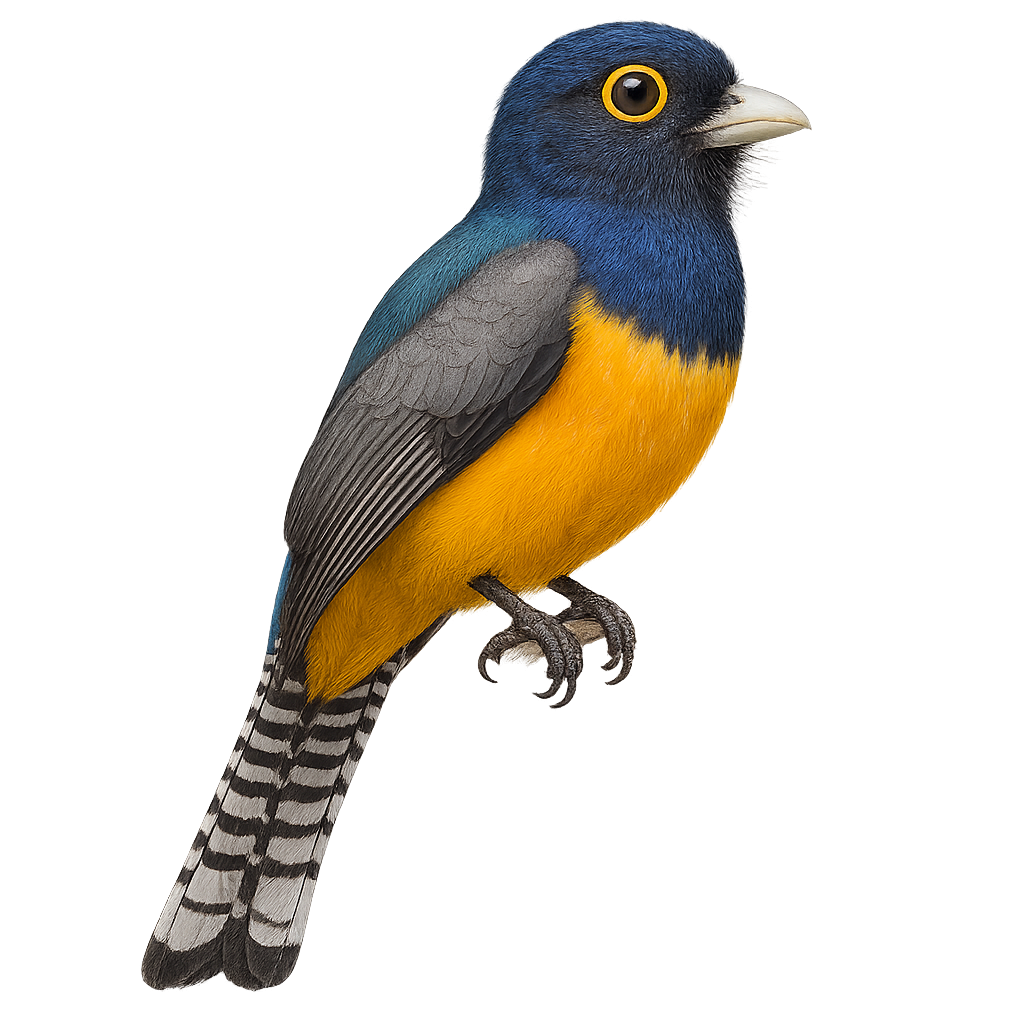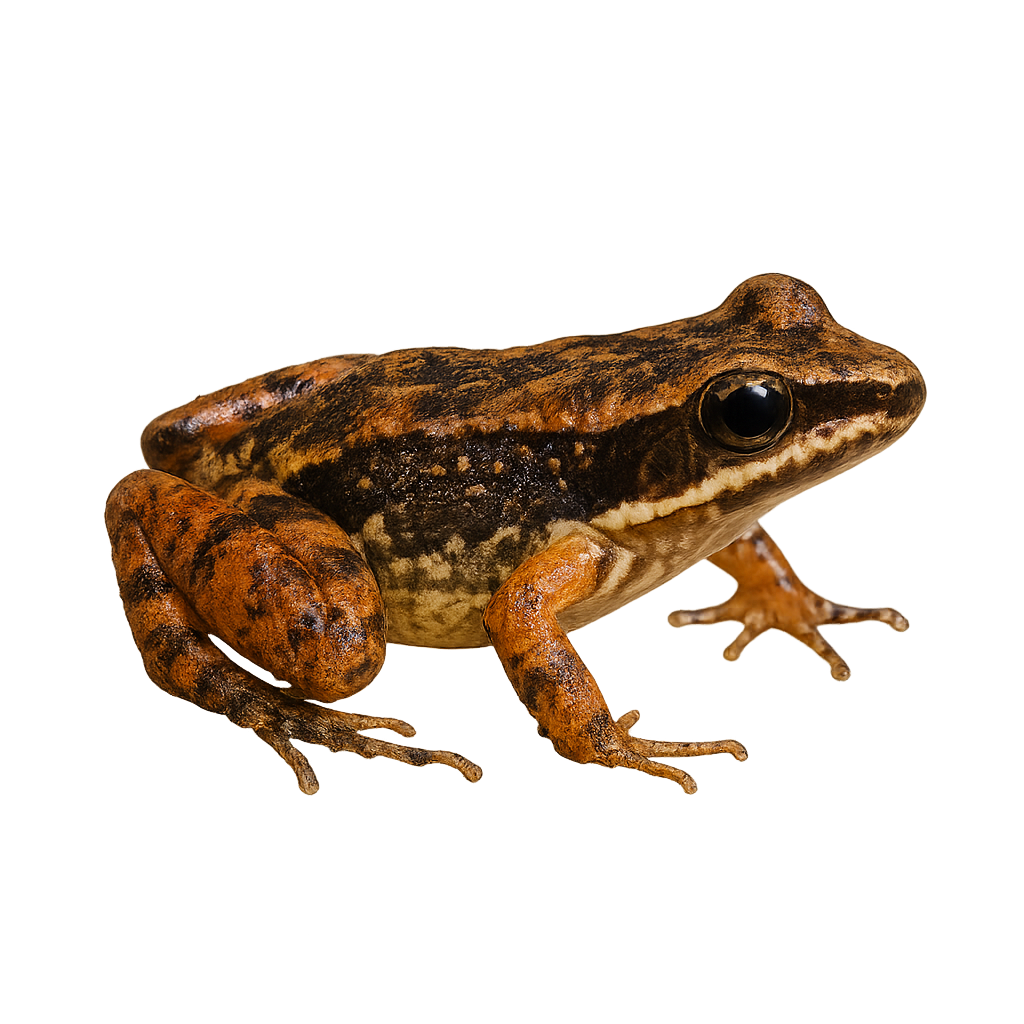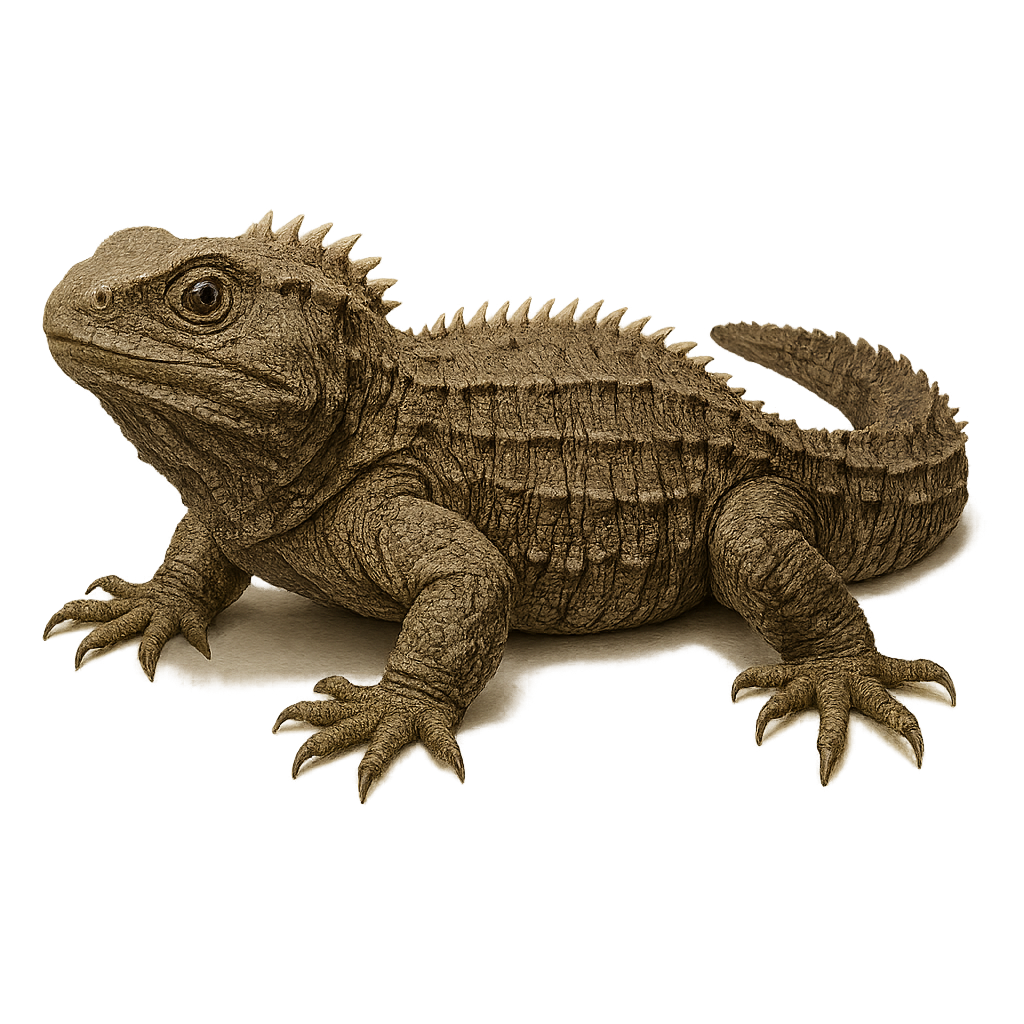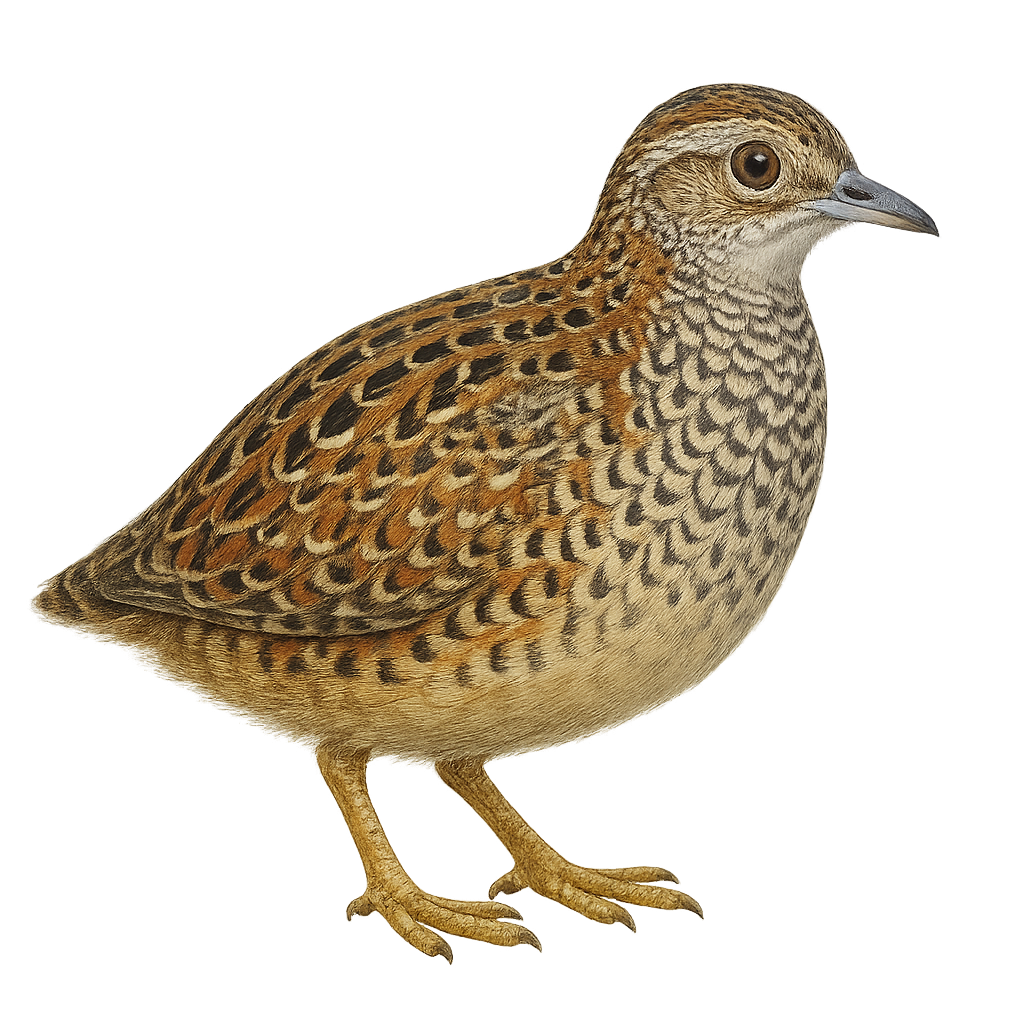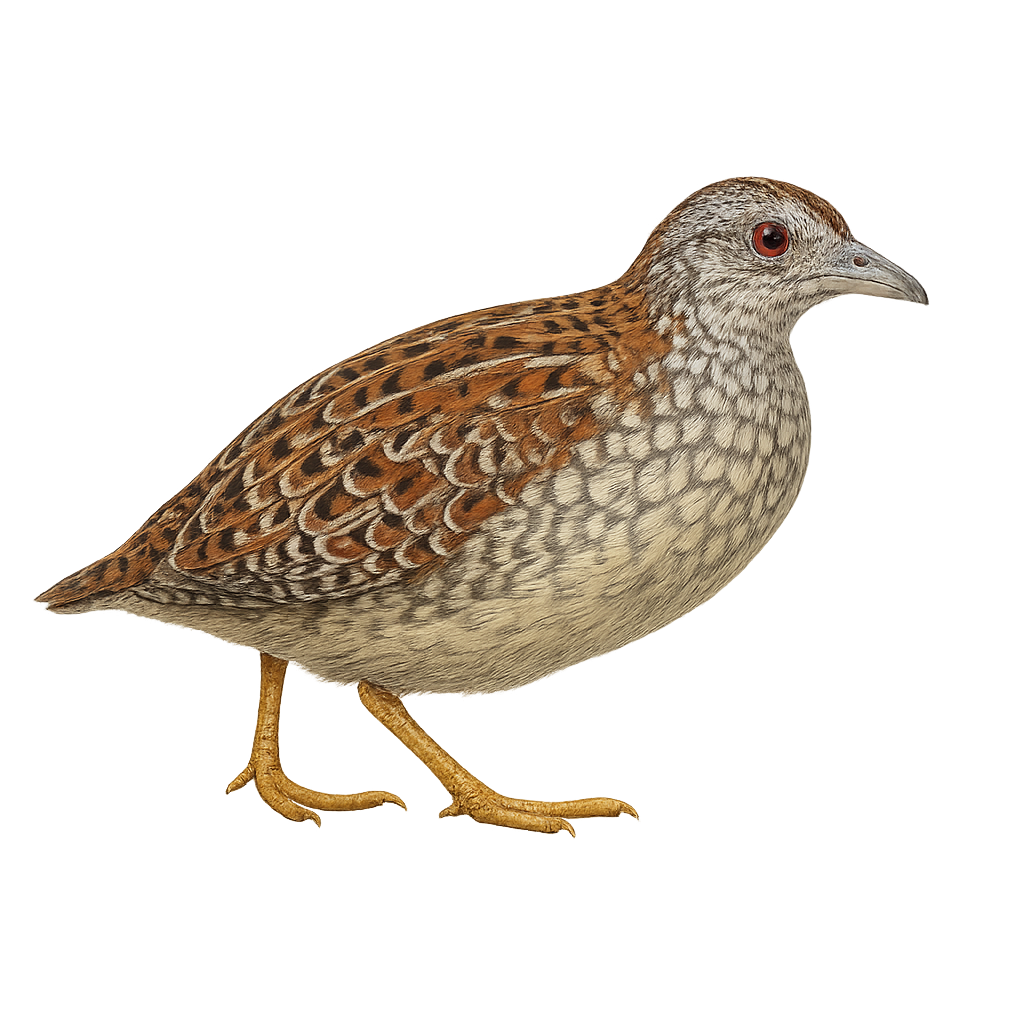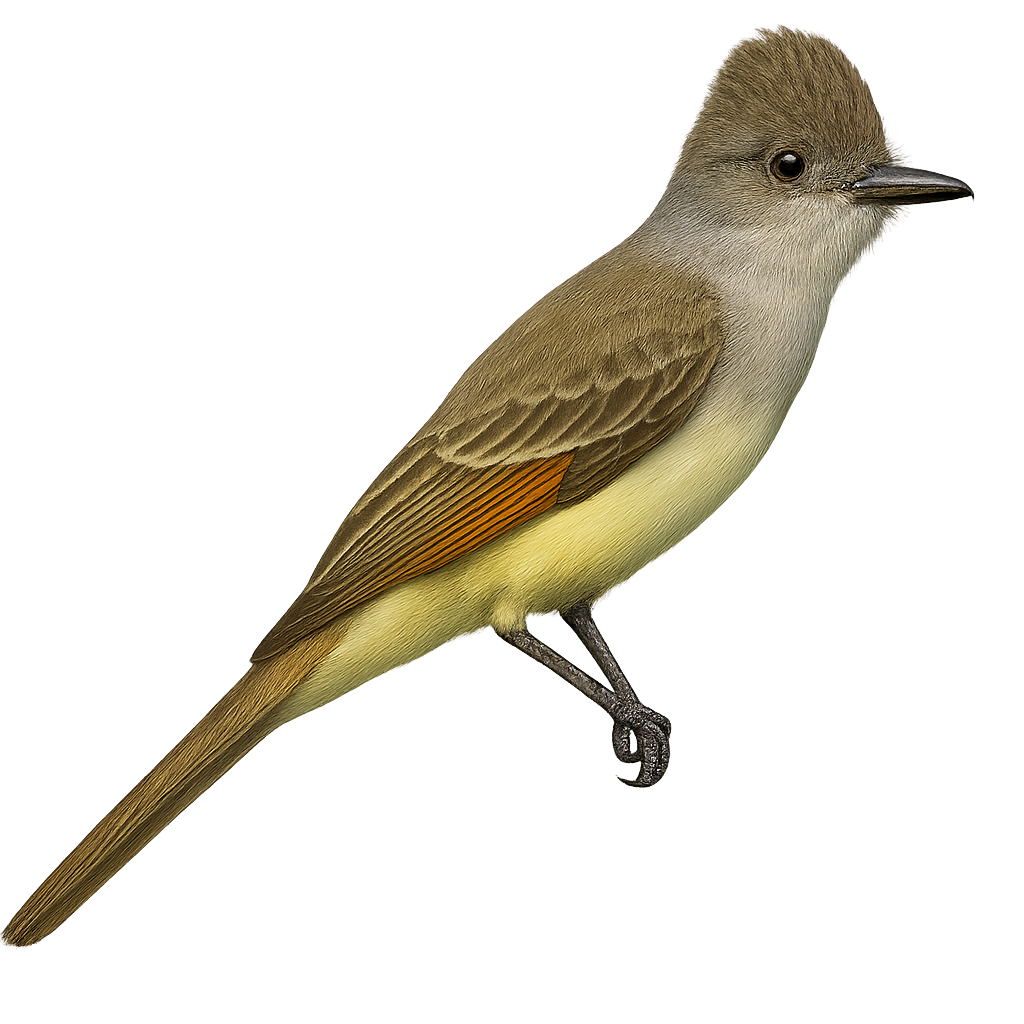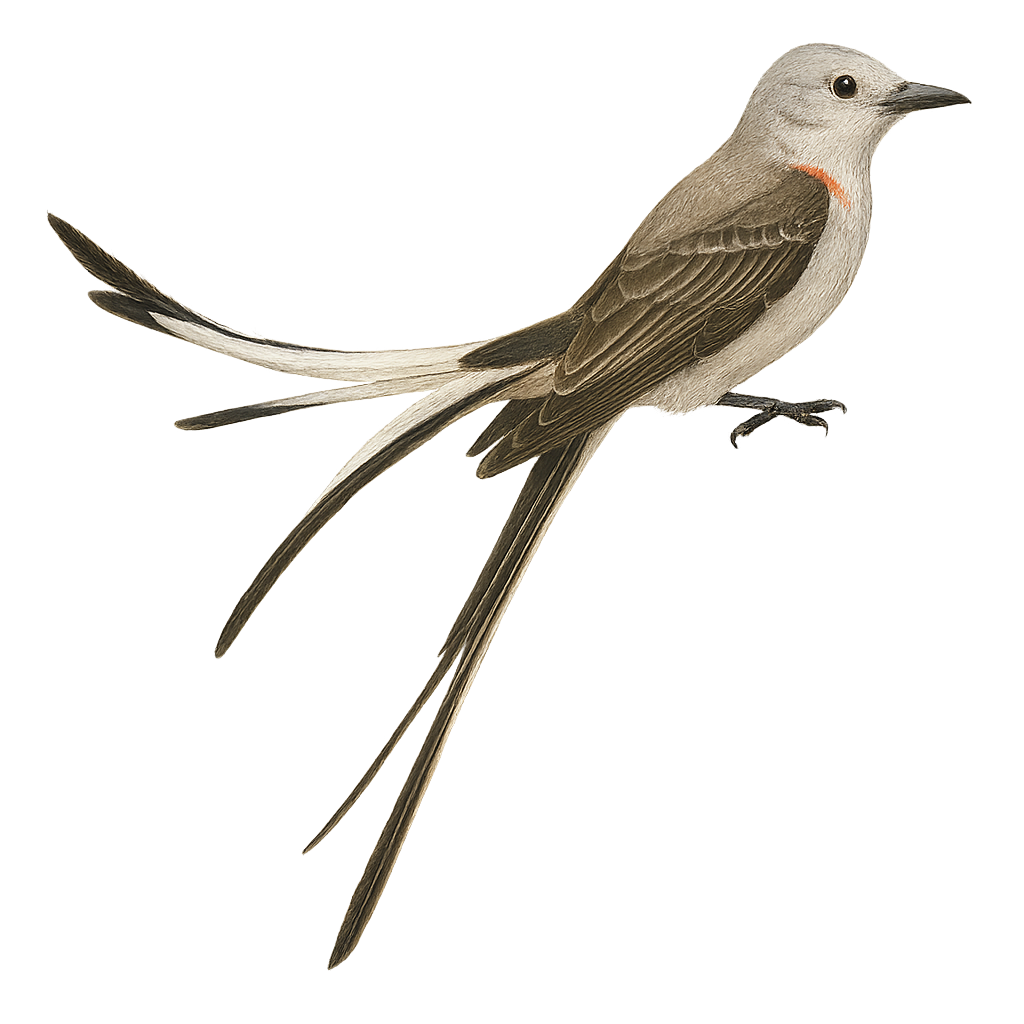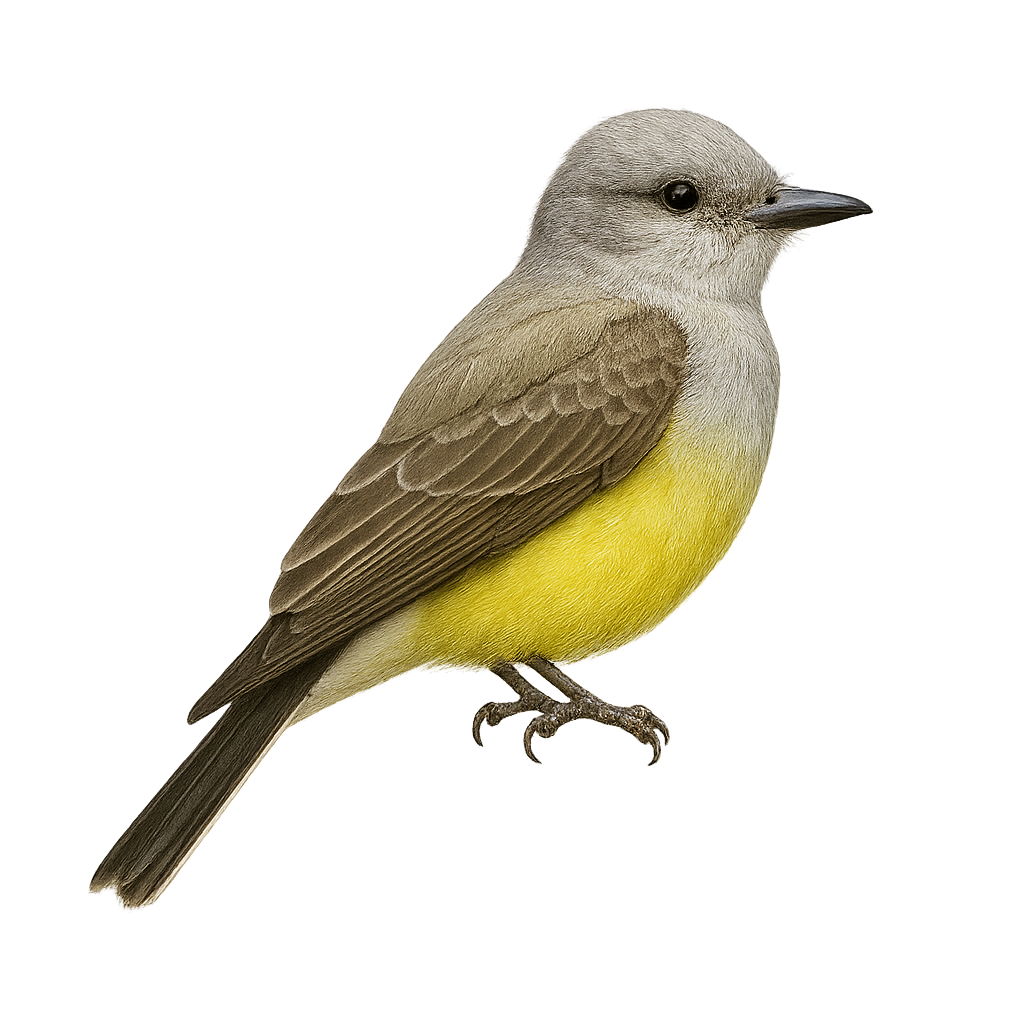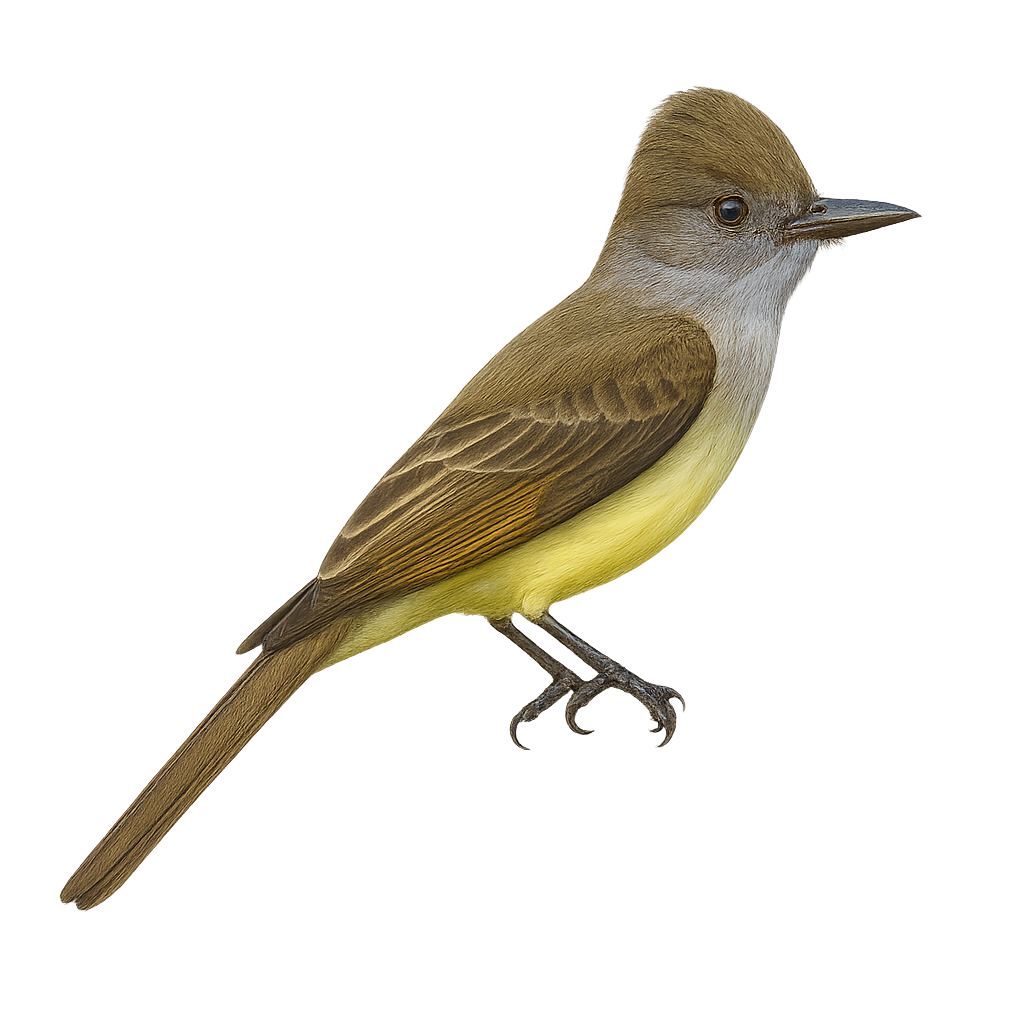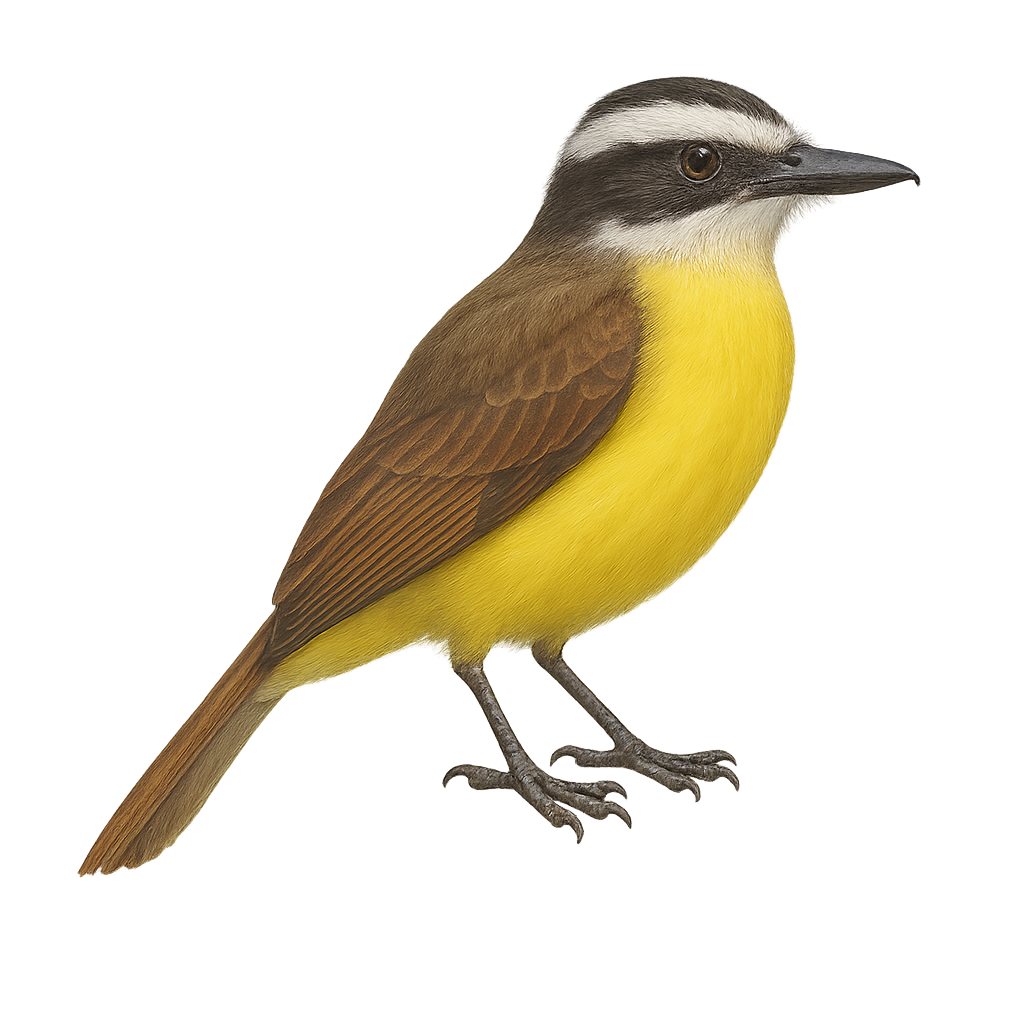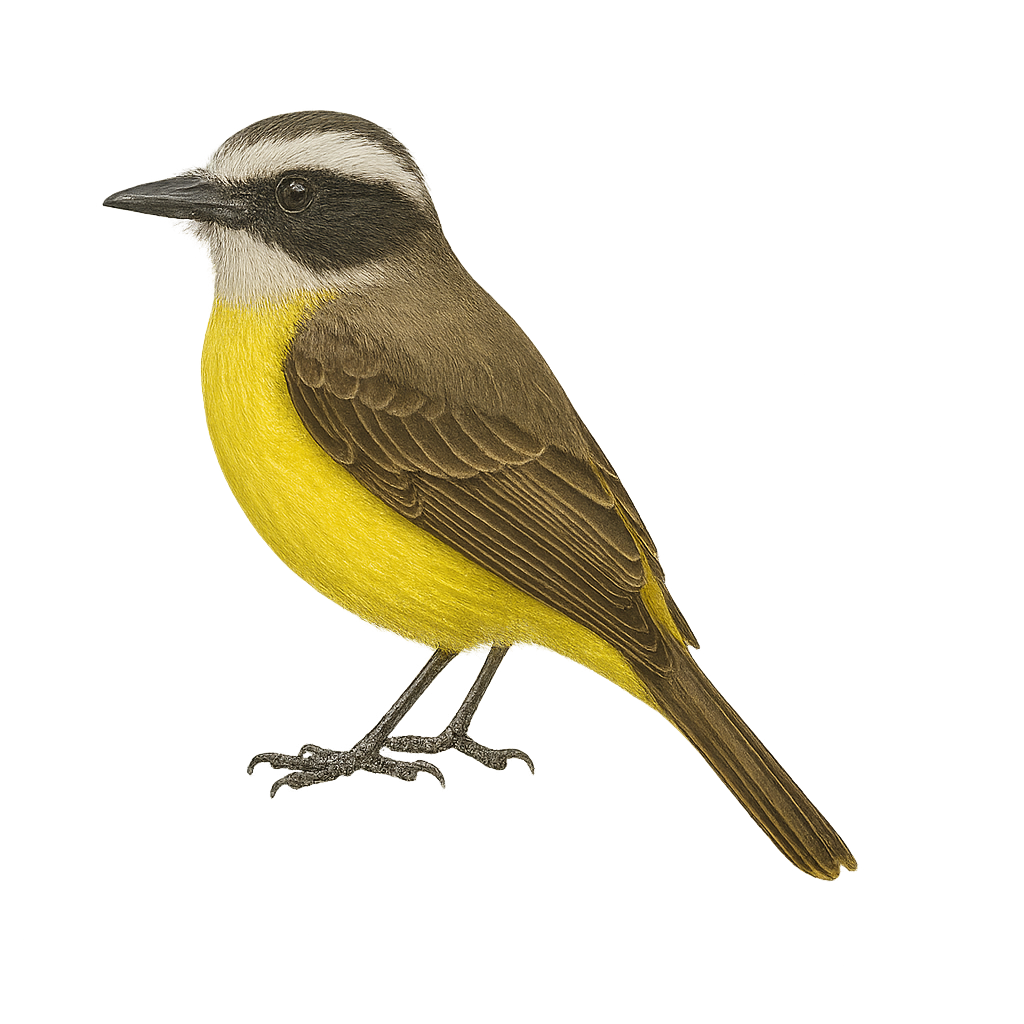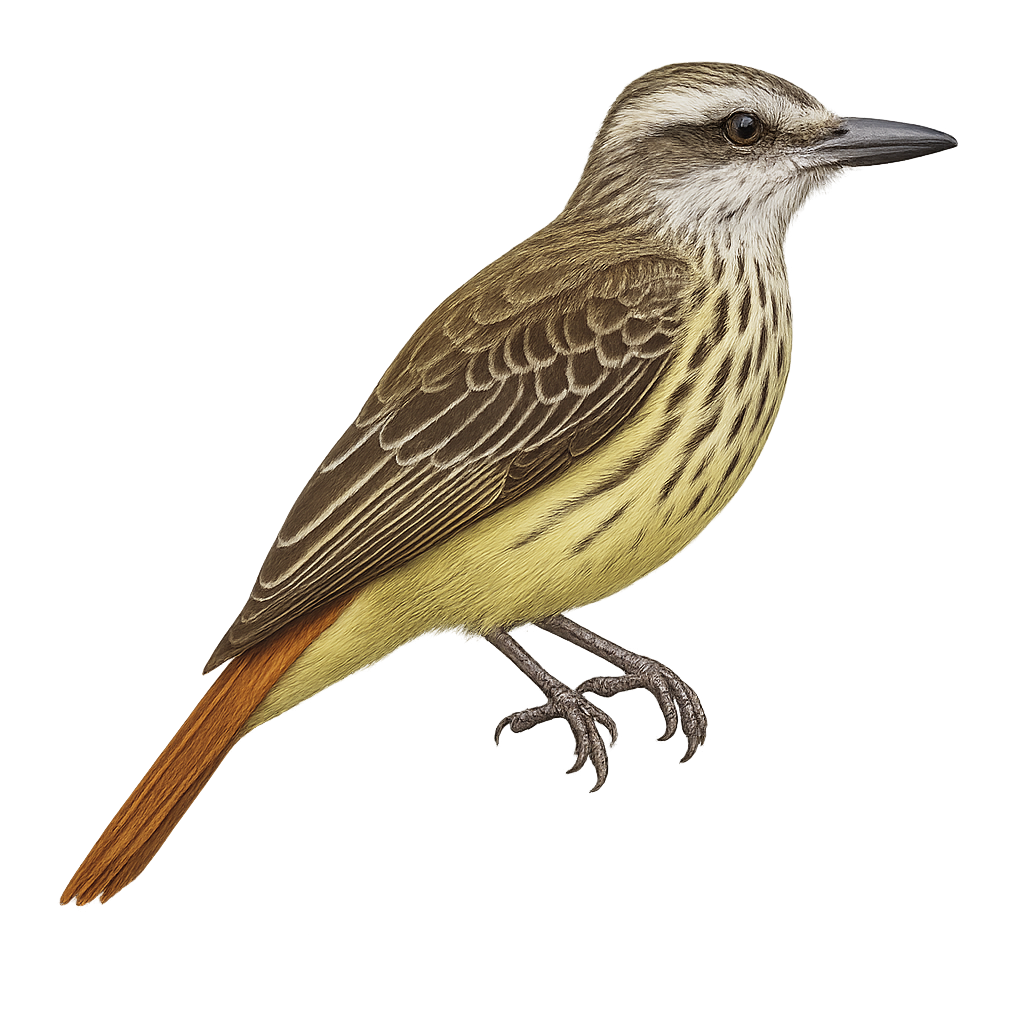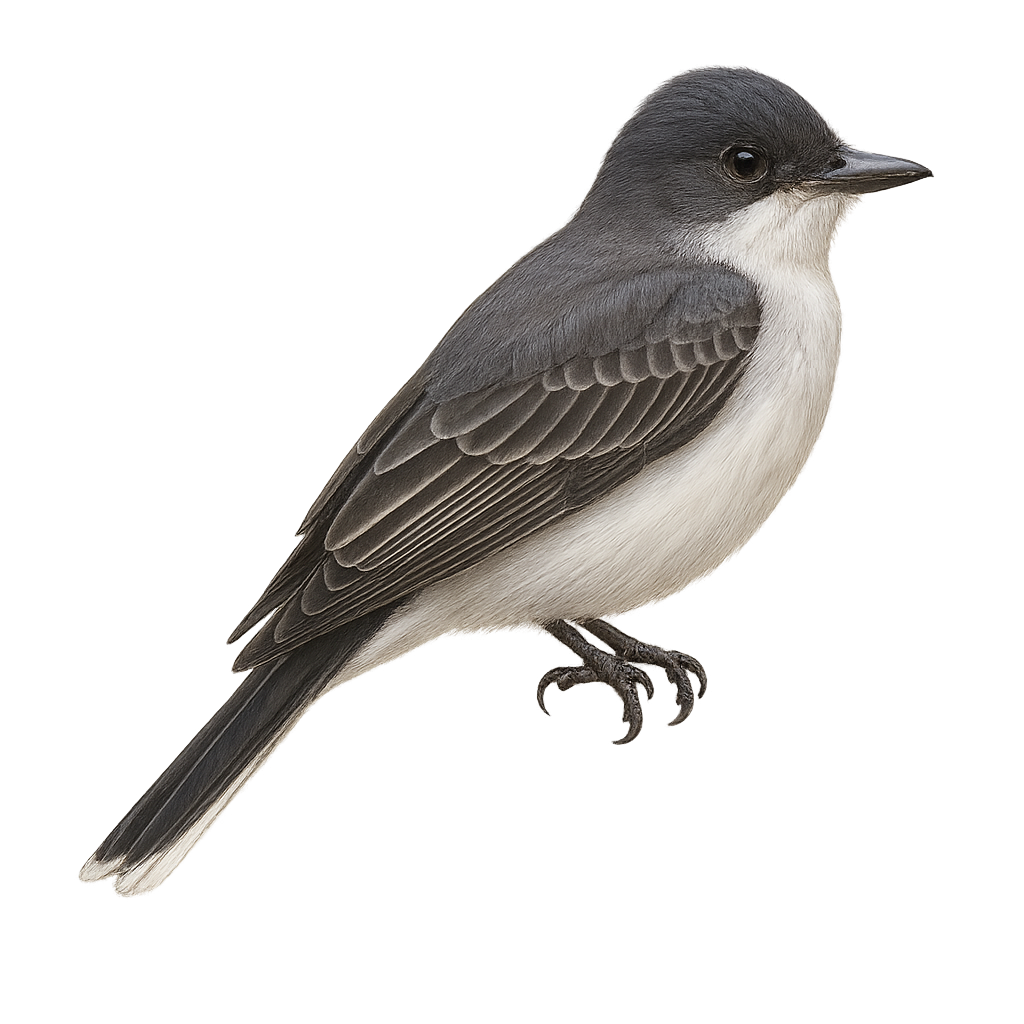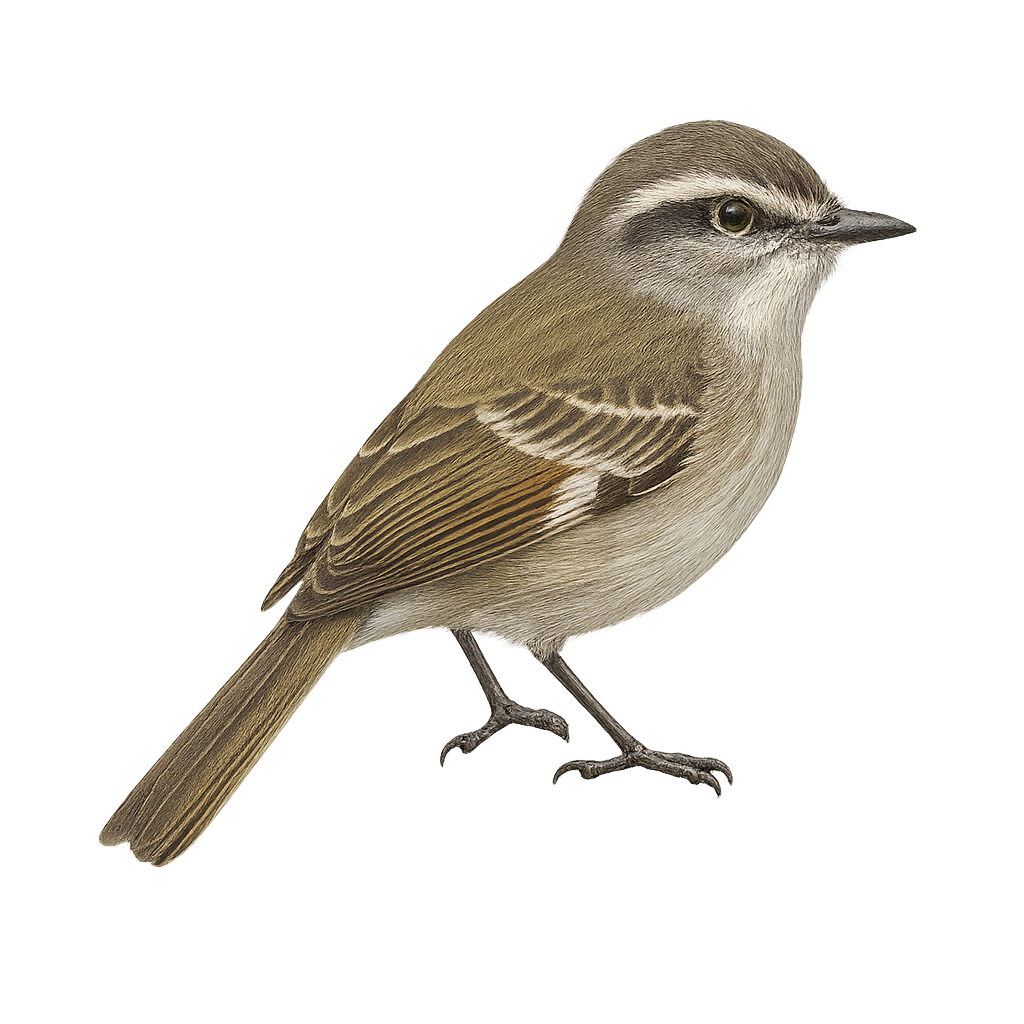The Black-throated Trogon is a captivating bird of the tropical forests of Central and South America. It is distinguished by its vibrant plumage, with an emerald green back, bright yellow chest, and characteristic black throat. Its tail is long and graduated, often moved subtly. This bird is mainly insectivorous but also consumes fruits. It is often seen perched silently in the canopy, patiently waiting for its prey. The Black-throated Trogon is monogamous and uses tree cavities for nesting. Its song is soft and melodious, often heard at dawn. Although its habitat is threatened by deforestation, it remains relatively common in protected areas.
The Citreoline Trogon is a colorful and fascinating bird, primarily found in the dry tropical forests and wooded areas of Mexico. It is distinguished by its vibrant plumage, featuring a metallic green back and bright yellow belly. Males have a black head with a yellow eye-ring, while females have a duller appearance. These birds are often spotted due to their melodious song and swift flight. They primarily feed on insects and fruits, aiding in seed dispersal. Although their habitat is threatened by deforestation, they remain relatively common within their range.
The Priotelus roseigaster, commonly known as the Hispaniolan Trogon, is an endemic bird of the island of Hispaniola, which includes Haiti and the Dominican Republic. This bird is easily recognizable by its striking plumage, with a green head and back, bright red belly, and a tail marked with black and white bands. It primarily inhabits tropical rainforests and mountainous areas, where it feeds on fruits, insects, and small vertebrates. The Hispaniolan Trogon is a symbol of the island's unique biodiversity, but it is threatened by deforestation and habitat loss. Despite these challenges, it remains a fascinating sight for birdwatchers and nature lovers.
The Baird's Trogon is a fascinating bird, endemic to the humid tropical forests of Central America, particularly in Costa Rica and Panama. This trogon is distinguished by its striking plumage, with a metallic green back, bright red chest, and white belly. It is often observed silently perched in the canopy, feeding mainly on insects and fruits. Although discreet, its melodious song echoes through the forest, signaling its presence. Unfortunately, deforestation threatens its habitat, making it vulnerable. Conservation efforts are crucial to ensure its survival. This bird is a symbol of the biodiversity of tropical forests and an indicator of the health of these ecosystems.
The Cuban Trogon, or Priotelus temnurus, is an iconic bird of Cuba. It is known for its striking plumage, featuring an iridescent green back, bright red belly, and white chest. Its tail is unique, with feathers tipped in black and white. Measuring about 25 to 28 cm in length, this bird is commonly found in the tropical and subtropical forests of the island. It primarily feeds on insects, fruits, and small reptiles. The Cuban Trogon is a sedentary bird, often seen in pairs or small groups. Its melodious and repetitive song is a familiar sound in Cuban forests.
The Scarlet-rumped Trogon, or Harpactes duvaucelii, is a captivating bird found primarily in the tropical forests of Southeast Asia. This bird is recognizable by its striking plumage, with a bright red back and yellow belly. Males and females exhibit differences in coloration, with males displaying more vivid colors. They are often seen perched silently in trees, feeding on fruits and insects. Their flight is swift and direct, although these birds often prefer to move discreetly through dense foliage. Their calls are soft and melodious, adding to the soundscape of the rainforest. Although their habitat is threatened by deforestation, they remain relatively common in some protected areas.
The Massena's Trogon is a colorful bird found primarily in the humid tropical forests and wooded areas of Central America, particularly in Costa Rica, Panama, and Nicaragua. It typically measures about 26 to 30 cm in length and weighs between 90 and 120 g. Its plumage is vibrantly colored, with a green and red body, a yellow chest, and a black head, giving it a distinct appearance. The Massena's Trogon primarily feeds on fruits, berries, and small insects that it finds in the trees. It is often observed perched on branches, where it moves calmly and discreetly. While its population remains stable in some areas, it is sometimes threatened by deforestation and the loss of its natural habitat.
The Ward's Trogon, or Harpactes wardi, is a captivating bird primarily found in the dense forests of the eastern Himalayas. It is recognizable by its striking plumage, with shades of pink and red on the belly contrasting with an olive-green back. Males and females exhibit different colorations, with males having more vibrant hues. This bird is often seen alone or in pairs, feeding mainly on insects and fruits. Its presence is an indicator of forest health, as it prefers undisturbed habitats. Although discreet, its melodious song can be heard through the trees, especially during the breeding season.
The Lattice-tailed Trogon is a captivating bird found in the humid forests of Central America, primarily in Costa Rica and Panama. It is distinguished by its vibrant plumage, featuring emerald green on the back and a bright red belly. Its tail, adorned with lattice-like patterns, gives it its distinctive name. This bird prefers dense habitats where it can blend into the foliage. Often seen perched silently, it patiently waits to catch insects or small fruits. Although discreet, its melodious call echoes through the canopy, signaling its presence to attentive observers.
The Elegant Trogon is a colorful and fascinating bird, primarily found in the tropical and subtropical forests of Central and North America. It features a striking plumage with shades of green, red, and white, making it easily recognizable. Males display a metallic green head and back, while their chest is bright red. Females, on the other hand, have more subdued tones, with shades of brown and gray. This bird is often seen perched silently in trees, feeding on insects and fruits. It is known for its melodious song, which resonates in the forests it inhabits. The Elegant Trogon is a symbol of the biodiversity of the regions it inhabits and is appreciated by birdwatchers and photographers for its stunning beauty.
The Masked Trogon is a fascinating bird primarily inhabiting the tropical forests of South America. It is easily recognizable by its colorful plumage, featuring a bright green back, red chest, and white belly. Its head is adorned with a distinctive black mask, giving it its name. This bird prefers dense habitats where it can blend in with the foliage. It feeds mainly on insects and fruits, which it captures with agility thanks to its swift and precise flight. The Masked Trogon is often seen in pairs or small groups, and its melodious song resonates through the canopy.
The Mountain Trogon, or Trogon mexicanus, is a colorful and fascinating bird found in the mountainous forests of Central America. It is distinguished by its vibrant plumage, featuring a metallic green head and back, bright red belly, and a black and white tail. Measuring about 30 cm in length, it is often seen perched silently in trees, feeding mainly on insects and fruits. This bird is known for its soft, melodious song, often heard before it is seen. It prefers humid forests and wooded highland areas, where it can blend into the dense foliage. Although relatively tolerant of human presence, it remains discreet and can be difficult to spot.
The Gartered Trogon, or Trogon caligatus, is a colorful bird found in the tropical forests of Central America. It is notable for its vibrant plumage, with an emerald green back and bright red chest. As its name suggests, its tail is black with white bands. This bird measures about 28 to 30 cm in length and primarily feeds on insects and fruits. It is often seen perched silently in the canopy, moving gracefully between branches. Although relatively tolerant of human presence, it prefers dense wooded areas where it can easily hide. Its breeding season varies by region, but it typically nests in tree cavities.
The Violaceous Trogon is a medium-sized bird, measuring about 23 to 25 cm in length. It is distinguished by its striking plumage, with a metallic green back and bright yellow belly. Its head is adorned with a violet hue, giving it its name. This bird primarily inhabits the humid tropical forests of Central and South America, where it feeds on fruits and insects. It is often observed perched silently in the canopy, moving agilely between branches. The Violaceous Trogon is a discreet bird, but its melodious and repetitive song often betrays its presence. Although it is relatively tolerant of human presence, it prefers dense wooded areas where it can easily hide.
The Truando rocket frog, or Colostethus latinasus, is a small frog belonging to the Dendrobatidae family. It is primarily found in lowland tropical rainforests in South America, particularly in Colombia and Venezuela. This species is characterized by its brown coloration with lighter patterns on the back and striped legs. It is generally active during the day and feeds mainly on small insects. Although discreet, it plays an important role in the ecosystem by regulating insect populations. Its reproduction is linked to the rainy seasons, when males emit calls to attract females.
The Thick-billed Ground Pigeon is a fascinating bird belonging to the Columbidae family. It is primarily found in the tropical forests of New Guinea. This bird is distinguished by its subtly colored plumage of browns and grays, allowing it to blend seamlessly into its forest environment. The Thick-billed Ground Pigeon is a terrestrial bird, preferring to walk on the ground rather than fly. It mainly feeds on seeds and small fruits found on the forest floor. Its discreet nature and suspicious behavior make it difficult to observe in its natural habitat. Despite this, it plays a crucial role in the ecosystem by dispersing seeds.
The Sphenodon punctatus, commonly known as the tuatara, is a reptile endemic to New Zealand. Often considered a living fossil, it belongs to an order of reptiles that thrived around 200 million years ago. The tuatara is nocturnal, primarily active at night, and feeds on insects, spiders, small birds, and eggs. It is recognizable by its spiny crest along the back, more pronounced in males. Tuataras have an exceptional lifespan, with some living over 100 years. They are oviparous, and females lay eggs that take between 12 and 15 months to hatch. Although protected, tuataras are threatened by habitat loss and introduced predators.
The Painted Buttonquail is a small, ground-dwelling bird belonging to the Turnicidae family. It is notable for its colorful plumage, featuring a mix of brown, black, and white with spotted patterns that provide excellent camouflage in its natural habitat. This bird is primarily endemic to Australia, where it inhabits dry forests, grasslands, and shrublands. The Painted Buttonquail is known for its elusive behavior and ability to move quickly on the ground. It feeds mainly on seeds, insects, and small invertebrates. Although its flight is limited, it can take off suddenly when threatened.
The Everett's Buttonquail is a small, ground-dwelling bird belonging to the family Turnicidae. It is primarily found in the open grasslands and savannas of the Philippines. This bird is characterized by its mottled brown plumage, which provides excellent camouflage in its natural habitat. The Everett's Buttonquail is a secretive bird, often difficult to spot due to its shy nature and elusive behavior. It feeds mainly on seeds and insects, which it finds by scratching the ground. Its breeding season is not well-documented but is believed to be influenced by local climatic conditions.
The Ash-throated Flycatcher, Myiarchus cinerascens, is a medium-sized bird, measuring about 18 to 21 cm in length. It is easily recognizable by its ash-colored throat and pale yellow belly. Its wings and tail are brownish with lighter edges. This passerine is primarily insectivorous but can also consume fruits and berries. It is found in arid and semi-arid areas, particularly in scrublands, open forests, and savannas. The Ash-throated Flycatcher is a partial migrant, breeding mainly in North America and migrating south for the winter. It is known for its distinctive song and varied calls, often heard during the breeding season.
The Scissor-tailed Flycatcher, Tyrannus forficatus, is an elegant and distinctive bird, recognizable by its long forked tail and pale gray plumage contrasting with black wings. It is often seen in open plains and prairies of North America, where it primarily feeds on flying insects. This migratory passerine is known for its spectacular aerial acrobatics while hunting. During the breeding season, the male performs impressive courtship displays to attract the female. The nest is usually built in a tree or shrub, and the female lays three to six eggs. Although its habitat is sometimes threatened by human expansion, the Scissor-tailed Flycatcher remains a relatively common species.
The Western Kingbird, or Tyrannus verticalis, is a medium-sized bird known for its striking white head, contrasting with its gray back and bright yellow belly. It is often seen perched on wires or branches, from where it launches to catch flying insects. This passerine is primarily found in open areas of the western United States, where it breeds in summer. A migratory bird, it winters in Central and South America. Its song is a mix of trills and sharp calls. Although territorial during the breeding season, it can be seen in small groups during migration.
The Great Crested Flycatcher, Myiarchus crinitus, is a medium-sized bird belonging to the Tyrannidae family. It is easily recognizable by its distinctive crest and olive-brown plumage on the back, contrasting with a bright yellow belly. The wings and tail have rufous tones. This bird is primarily insectivorous, catching its prey in flight or gleaning them from branches. It inhabits open forests, edges, and wooded areas. During the breeding season, it nests in natural cavities or nest boxes. The song of the Great Crested Flycatcher is a clear, melodious whistle, often heard in spring. Although widespread in North America, it migrates to Central America and northern South America for the winter.
The Dusky-capped Flycatcher, Myiarchus tuberculifer, is a medium-sized bird belonging to the Tyrannidae family. It is recognizable by its olive-brown plumage on the back and paler underparts, with a subtle crest on its head. This bird is primarily insectivorous, catching its prey in flight or foraging in foliage. It inhabits tropical and subtropical forests, as well as open wooded areas. The Dusky-capped Flycatcher's call is a soft, melodious whistle, often heard during the breeding season. It ranges from the southern United States to Central and South America. Although relatively common, it is seldom seen due to its discreet behavior and preference for dense habitats.
The Great Kiskadee is a medium-sized bird, easily recognizable by its bright yellow belly and head adorned with a white and black stripe. It has a sturdy black beak, suited to its varied diet that includes insects, fruits, and small vertebrates. This bird is often seen in open areas, gardens, and light forests, where it perches on exposed branches to monitor its territory. Its distinctive call, resembling its name, is often heard throughout its range, which extends from the southern United States to Argentina. The Great Kiskadee is a social bird, often seen in pairs or small groups, and is known for its boldness against predators.
The Myiozetetes similis, commonly known as the Social Flycatcher, is a medium-sized bird with bright yellow underparts and a grayish-brown back. Its head features a distinctive black crown with a white stripe above the eyes. This bird is often found in open areas, near water bodies, or forest edges. Known for its energetic song, it adapts well to various environments, including urban areas. The Social Flycatcher primarily feeds on insects caught in flight but also consumes fruits. It is often seen in pairs or small groups, displaying marked territorial behavior.
The Sulphur-bellied Flycatcher is a medium-sized bird known for its bright yellow belly and brownish wings. It primarily inhabits open forests and wooded areas in Central America and the southwestern United States. This bird is often seen perched on branches, from which it launches to catch flying insects. Its call is a distinctive whistle that echoes through its natural habitat. A migratory species, it winters in South America. The Sulphur-bellied Flycatcher is a solitary bird outside the breeding season, during which it becomes more territorial. Its ability to adapt to various habitats allows it to maintain a stable population despite environmental changes.
The Eastern Kingbird is a striking and energetic bird, easily recognized by its distinctive black and white plumage. Its head and back are black, contrasting with its bright white belly. This passerine is often seen perched on wires or branches, from where it launches to catch insects in mid-air. A migratory bird, it spends its summers in North America and migrates to South America for the winter. Its song is a mix of whistles and chirps. Territorial, it does not hesitate to chase away intruders, even those much larger than itself. The Eastern Kingbird is a symbol of determination and agility in the avian world.
The Rufous-winged Tyrannulet, or Mecocerculus calopterus, is a small bird from the Tyrannidae family, primarily found in the humid forests of the Andes. It is characterized by its rufous wings and olive-gray plumage. Measuring about 12 cm, it is agile and often seen moving quickly through foliage in search of insects. Its song is a soft, repetitive trill, often heard before it is seen. This tyrannulet is a diurnal bird, active mainly in the morning and late afternoon. It is usually solitary or found in small family groups. Although relatively common in its habitat, it remains discreet and difficult to observe closely.
The Golden-faced Tyrannulet, scientifically known as Zimmerius chrysops, is a small passerine bird belonging to the Tyrannidae family. It is primarily found in the humid forests of the Andes, where it is distinguished by its characteristic golden face and olive-green plumage. This small bird is often seen feeding on insects and fruits in the canopy. Although discreet, its high-pitched and repetitive song makes it easy to spot. The Golden-faced Tyrannulet plays an important role in the ecosystem by participating in seed dispersal and controlling insect populations. Its presence is an indicator of the health of Andean forests.


